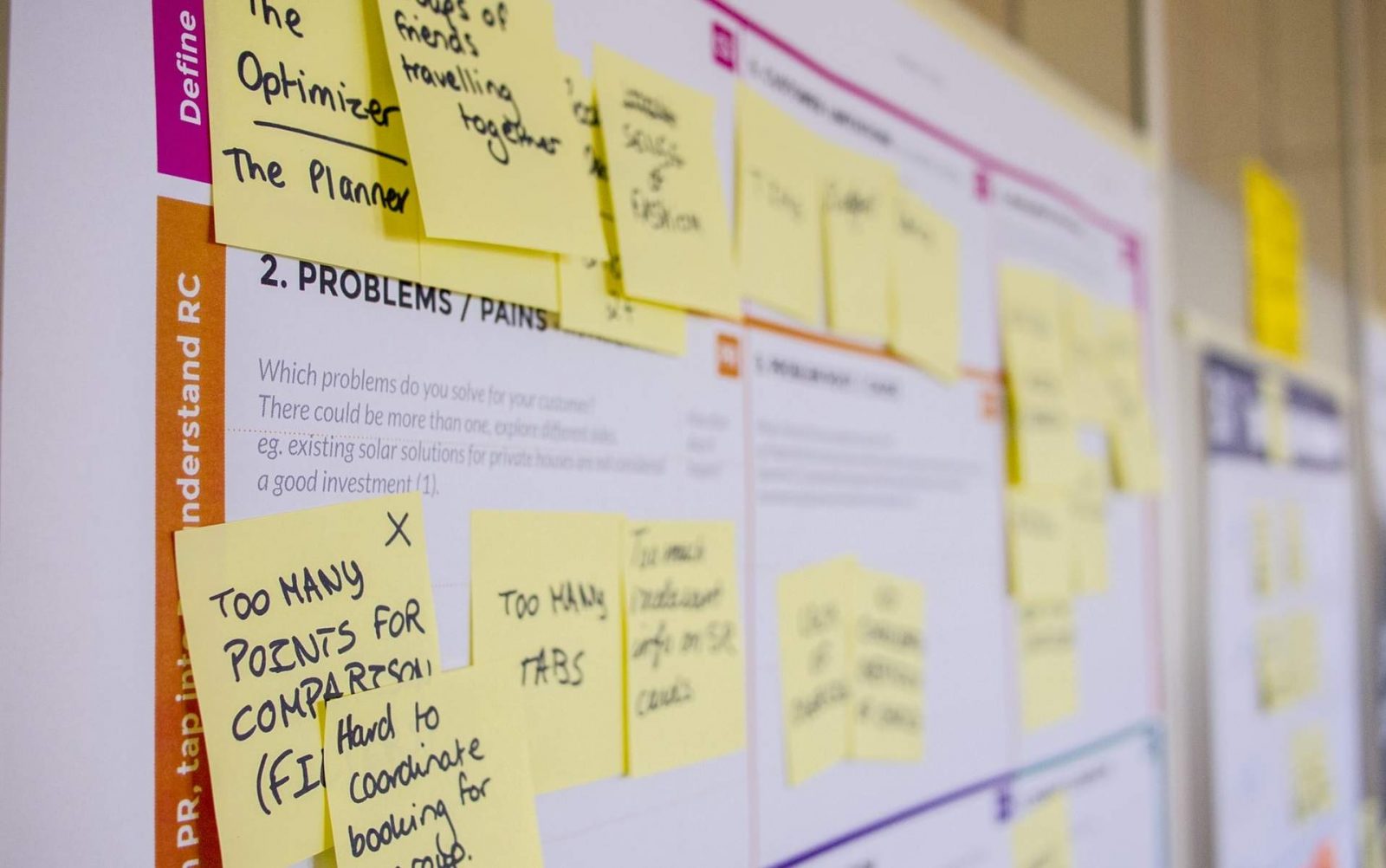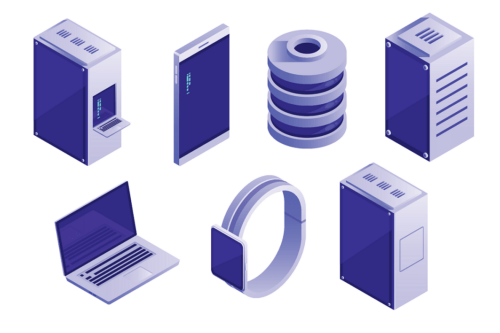Agile, a.k.a. the flexible development, substituted Waterfall. Its official history began in 2001 in the U.S. with the “Agile (software development) Manifesto”. As Agile development became popular, so did DevOps (DEVelopment OPeration) practices. This post we devote to Agile and DevOps, their methods compared, and issues of their simultaneous implementation.

Agile in brief
Agile flexible development method is an iterative approach to projects’ management and software development. A team produces small parts, so-called sprints — this way Agile nurtures the contractor’s staff to perform with more pace and quality. Requirements, plans and results are evaluated constantly, for a team to react to changes ASAP.
Agile bases on 12 principles:
- Our highest priority is to satisfy the customer through early and continuous delivery of valuable software.
- Welcome changing requirements, even late in development. Agile processes harness change for the customer’s competitive advantage.
- Deliver working software frequently, from a couple of weeks to a couple of months, with a preference to the shorter timescale.
- Business people and developers must work together daily throughout the project.
- Build projects around motivated individuals. Give them the environment and support they need, and trust them to get the job done.
- The most efficient and effective method of conveying information to and within a development team is face-to-face conversation.
- Working software is the primary measure of progress.
- Agile processes promote sustainable development. The sponsors, developers, and users should be able to maintain a constant pace indefinitely.
- Continuous attention to technical excellence and good design enhances agility.
- Simplicity – the art of maximizing the amount of work not done – is essential.
- The best architectures, requirements, and designs emerge from self-organizing teams.
- At regular intervals, the team reflects on how to become more effective, then tunes and adjusts its behavior accordingly.
As a customer is summoned for a project, a team can timely implement corrections or changes and, upon completion, deliver a proper solution. Agile method does not consider paperwork the fundamental and welcomes changes, so a final solution can exceed the initial requests and expectations. The method suggests that, when the software is still in a development stage, a team can already demonstrate an MVP (minimum viable product) to a customer.
DevOps in brief
DevOps is a method to facilitate interaction of programmers and system administrators within a team. In the outcome specialists begin to comprehend each other’s jobs better, thus speeding up the product’s release. Applied to software development, DevOps reduces number of steps necessary for a product deployment. Faster releases and optimized processes aid quicker customers’ feedback. Another NOT a brick in the wall of DevOps is automation.
DevOps principles:
- Flow principle — to speed up product delivery from developers to operations.
- Feedback principle — to react on requests in time.
- Permanent learning principle — to create conditions supporting high production standards; to consider risks a component of everyday operations; to minimize those risks.
As for implementation: if a customer agrees for MVP – say, to test the initial idea – then DevOps is unnecessary. This method is to sharpen business processes and to speed up updates’ release.
DevOps method helps teams to make development-related decisions faster; to reduce the number of mistakes and bugs; it also motivates the staff to learn new things.
Agile and DevOps — the differences
Agile and DevOps are flexible software development methods. Both approaches facilitate fast software development with no harm to a client or program codes. As for the differences:
- Pure Agile suggests that, after software’s development, testing and deployment, a team is deemed to fulfill its task and to wrap up the process. While DevOps is known for operations that do not end with a project’s delivery (monitoring, software modifications, etc.).
- In Agile various specialists are usually responsible for software development, testing and deployment. While a DevOps engineer takes care of everything: development, infrastructure, coordination.
- If Agile is considered to be empirical (adaptation, transparence, testing – all in the process), then for DevOps at least the approximate final output is needed.
The two methods are different but not mutually exclusive. DevOps is a call for cooperation of all involved with a team (devs, sysadmins, etc.). Agile, in turn, is aimed to maintain productivity and timely software release in accordance with the newest requests.
Agile and DevOps simultaneous implementation can help achieving maximum output in software developing, releasing and updating.
Agile and DevOps simultaneous implementation
Speaking of DevOps undisputable advantages, we cannot omit an issue of a system targeting the project in its entirety – which, unlike Agile, may cause too shallow approach. Agile, in turn, will be trying to have a project in denial after its release: so both deployment and automation suffer.
To level the drawbacks of both systems, it can be practical to combine Agile and DevOps – dynamic sprints and integrated teamwork correspondingly. This scheme gradually allows optimizing products’ development and service lifecycles. Non-balance can be corrected with no influence on processes of a continuous development phase.
DevOps and Agile integration helps the following:
- To simplify software release and upgrade processes.
- To increase the quality of teams’ cooperation.
- To increase sprints’ value; to minimize risks.
- To decrease mistakes’ number; to get on-time bugs patching.
- To receive high indications of customer satisfaction.
- To picture a project’s “visibility” (possibility to evaluate future achievements, to be convinced with forecasts).
Things to care for DevOps and Agile integration
Pitfalls or potholes? Neither we prefer, but let’s examine those that might happen to DevOps embedded to Agile – and how to avoid them.
1. As DevOps implemented, a team will have more of operations for the entire lifecycle, as opposed to test, deployment and automation stages. Thus principles’ implementation at a beginning of development is optimal.
2. For Agile sprints’ integration with DevOps to go properly you should consider the following:
- To invite operations personnel, administrators, infrastructure engineers to meetings.
- To discuss product’s functionality and performance. To include outcomes to actual sprints.
- To engage DevOps team into daily meetings, plans coordination, etc.
3. Quality Assurance should be evaluated on every stage of a development lifecycle. Apart from the functional testing Agile uses, DevOps approach requires performance and software load tests. Testing on a permanent basis is as important as a sustainable development.
The summary
DevOps and Agile can perform independently, solving their own sets of tasks – as well as together, to maximize the profit. One of the most optimal solutions that can get the best use of both methods is ITGLOBAL.COM Managed DevOps.

 Previous article
Previous article


